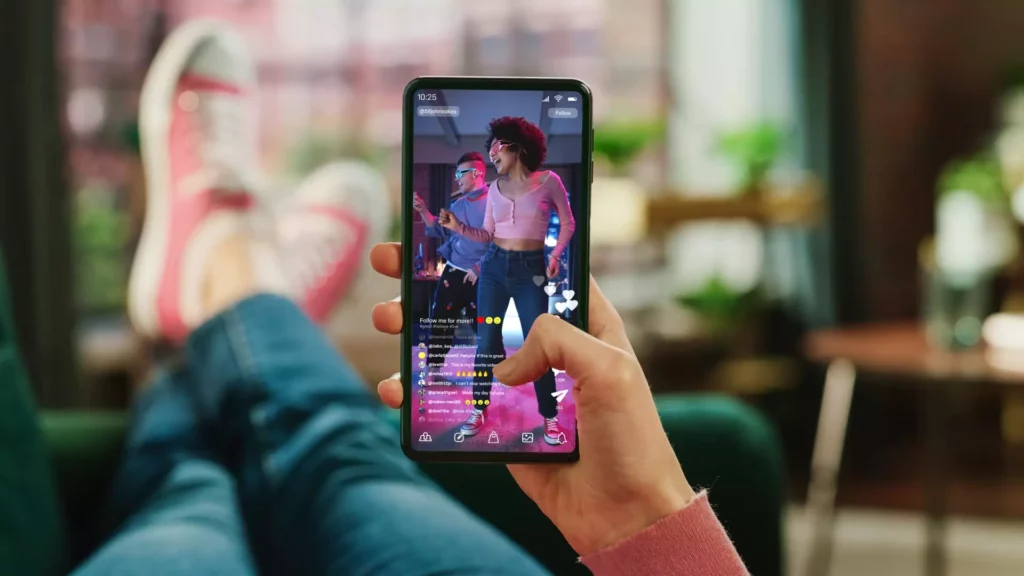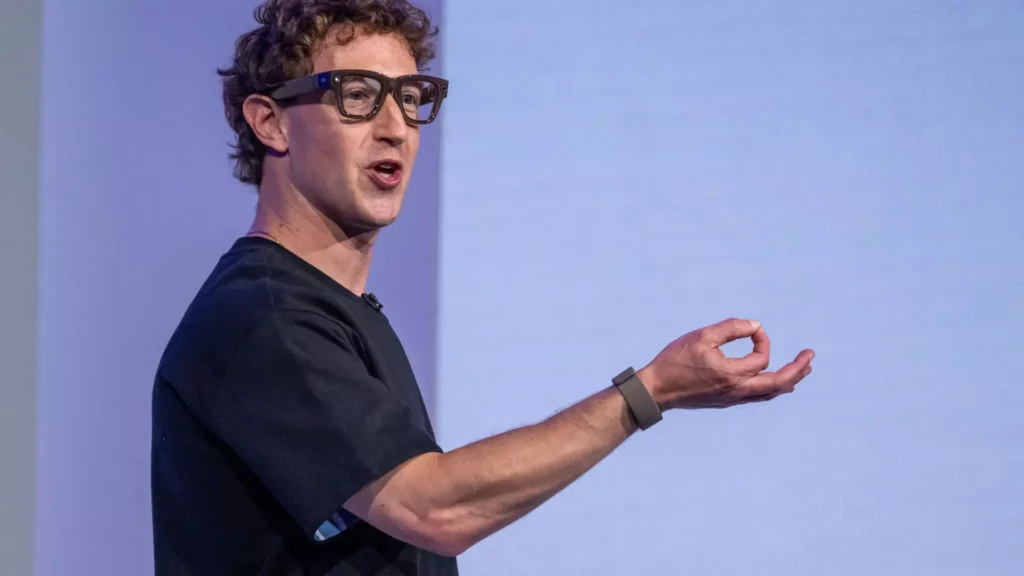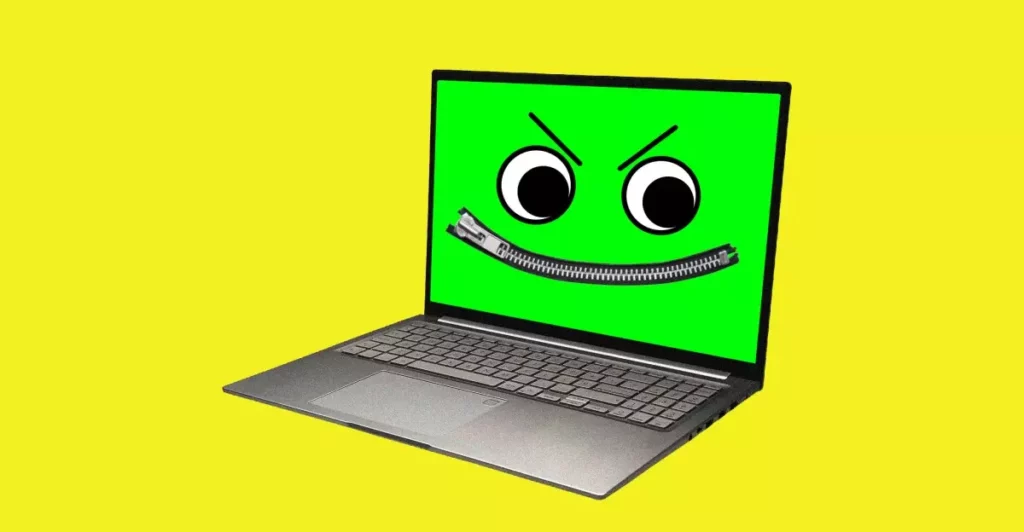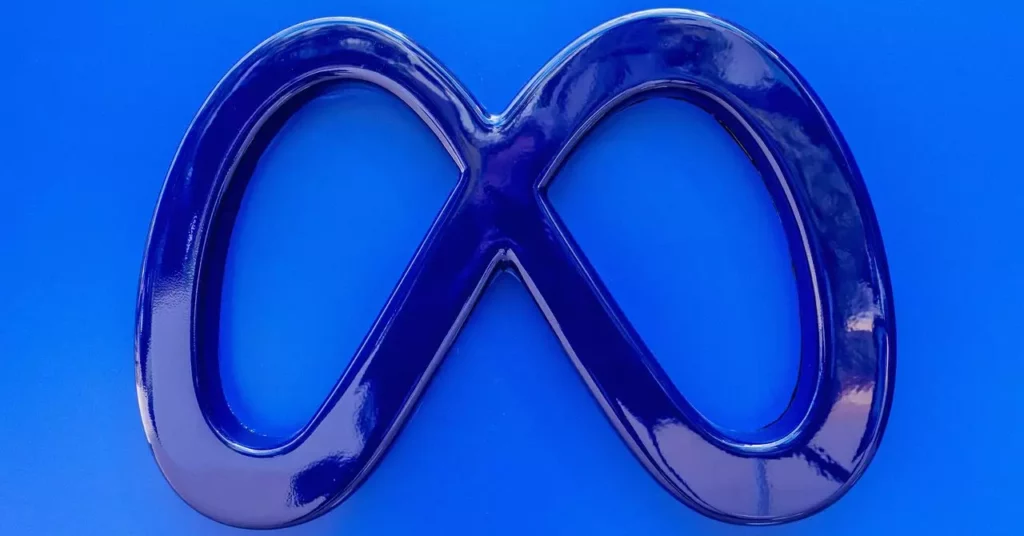TikTok has rapidly ascended to the forefront of the social media landscape since its inception in 2016, and its meteoric rise can, without a doubt, be attributed to more than just luck. Owned by ByteDance, this platform has accrued over 1.12 billion monthly active users, which speaks volumes about its success in captivating user attention. An astounding average of 108 minutes of daily engagement per user highlights how deeply entrenched TikTok has become in the lives of many, especially among young audiences in America. Yet, amidst the awe-inspiring growth and stratospheric engagement rates, there are uncomfortable truths lurking beneath the surface, raising questions about the long-term implications of this digital behemoth.
The Algorithm: A Double-Edged Sword
TikTok’s secret weapon is its hyper-intelligent algorithm, engineered to curate content that resonates with individual users remarkably well. This algorithm doesn’t just serve tailored content; it draws users into a cycle of endless scrolling that feels addictive—yet concerning. Jasmine Enberg, an analyst at Emarketer, characterizes TikTok as “the center of the internet for young people,” a moniker that captures the platform’s culturally dominating position. However, this very algorithm, which nurtures an insatiable appetite for quick consumption, also fosters an environment where genuine engagement is secondary and superficial likes reign supreme.
While competitors such as Meta and Google scramble to emulate this algorithmic finesse with their own short-form features like Instagram Reels and YouTube Shorts, they face an uphill battle. None have successfully dethroned TikTok as the dominant player in the short-form video arena. The irony of this struggle becomes particularly evident when observing traditional platforms like LinkedIn, which are vying for relevance by attempting to mimic TikTok’s engaging style. This mirrors an identity crisis in social media: platforms are spinning their wheels to find a foothold against an established giant, but the risks to mental health and emotional engagement are growing simultaneously.
The Ominous Toll on Mental Health
Despite the jovial atmosphere TikTok often projects, an insidious trend is developing within its user base—particularly among the impressionable, younger demographic. Dr. Yann Poncin from Yale University warns about the psychological repercussions of uninterrupted scrolling and rapid fame. This phenomenon feeds into deteriorating attention spans and heightened anxiety levels among adolescents. TikTok’s format, which maximizes for immediate viewer satisfaction over substantive engagement, has fundamentally altered the landscape of content consumption. Viewers are trained to expect quick hits of entertainment rather than immersive narratives, which could carry longer-lasting effects on their cognitive and emotional well-being.
The concern escalates when we consider how today’s children are shaped by a world that prioritizes rapid consumption over depth. Traditional storytelling that fosters critical thought and emotional connection is replaced by bite-sized content that devalues patience and deeper understanding. In the quest for instant gratification, we might be compromising the very essence of what it means to engage meaningfully with storytelling—a cornerstone of human interaction.
The Monetization Quandary
While TikTok dazzles with its ability to churn out viral content, monetization remains a challenging puzzle for creators. Unlike YouTube’s long-form format, which allows for ample ad placements, TikTok’s model presents a paradox: creators can attain fame but often struggle to transform that visibility into financial stability. With TikTok generating an estimated $23.6 billion in ad revenue last year, the financial benefits have not trickled down effectively to its user base. Creators are left confused and frustrated: if virality is a goldmine that they can’t extract value from, what’s the point? It’s a glaring oversight that could alienate many influencers, leaving them to seek alternatives that can provide sustainable income.
In an age where social media revenues are rapidly shifting, these platforms need adaptive monetization strategies if they wish to retain their top talents. Instagram’s explorations into brand partnerships and “Trial Reels” are commendable but may fall short if the overarching issue of monetization of short videos remains unaddressed.
The Looming Regulatory Shadow
As discussions about the potential for banning TikTok circulate due to its Chinese ownership, the competitive landscape is set to experience a seismic shift. Neither Meta nor YouTube is simply twiddling its thumbs; they see the looming potential of reclaiming advertising dollars that might otherwise evaporate into the TikTok void. In this volatile environment, the race is heating up for short-form video supremacy, and their survival may hinge on finding a way to leverage TikTok’s disruptive impact without compromising the values that viewers hold dear.
With stakes this high, the question remains: can competitors navigate the turbulent waters of user loyalty and mental health to create an ecosystem where engagement is genuine and sustainable? TikTok’s revolutionary yet troubling model might just challenge us to reconsider what social media means in our lives, not just as a tool for entertainment, but as a budding influence on our mental and emotional landscapes.









Leave a Reply